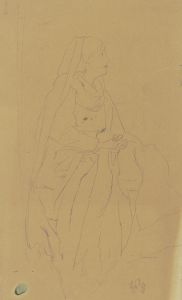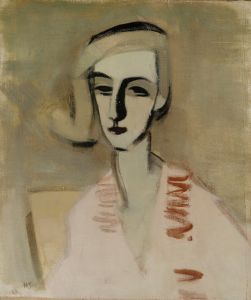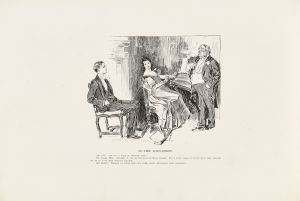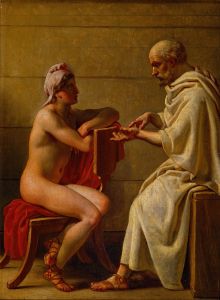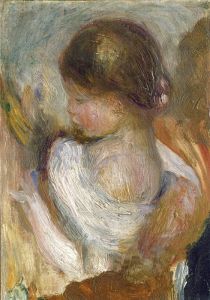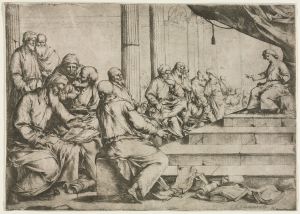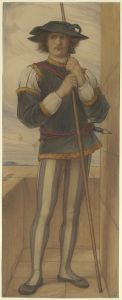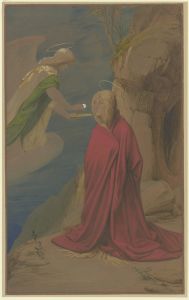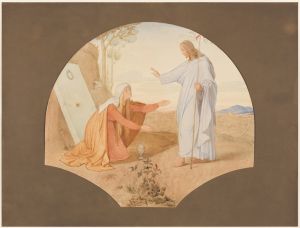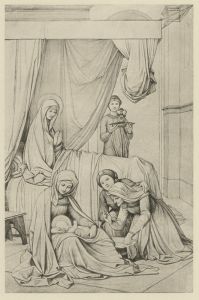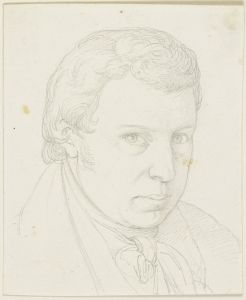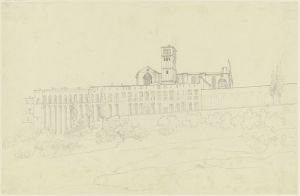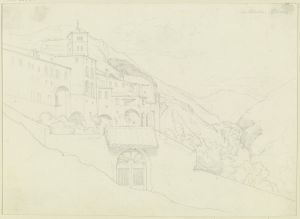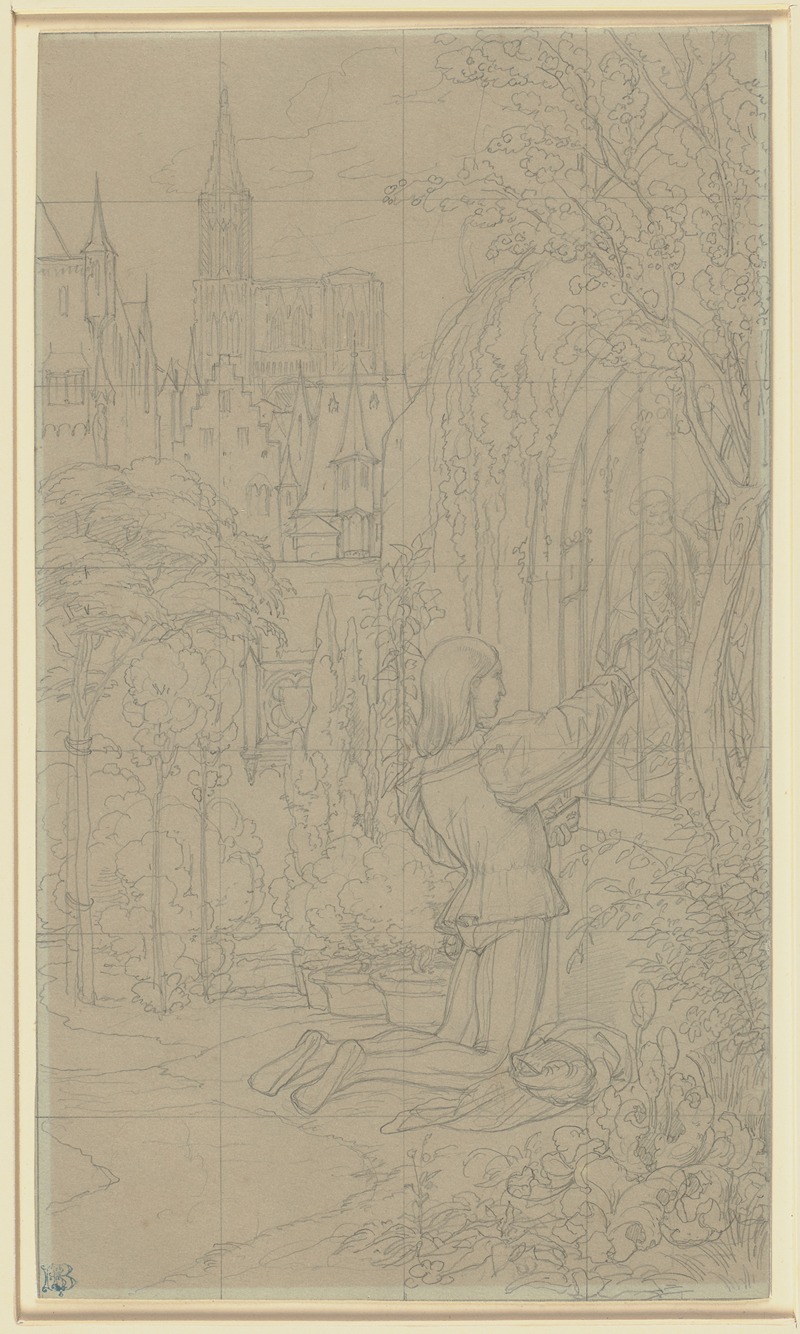
Der fahrende Schüler
A hand-painted replica of Eduard von Steinle’s masterpiece Der fahrende Schüler, meticulously crafted by professional artists to capture the true essence of the original. Each piece is created with museum-quality canvas and rare mineral pigments, carefully painted by experienced artists with delicate brushstrokes and rich, layered colors to perfectly recreate the texture of the original artwork. Unlike machine-printed reproductions, this hand-painted version brings the painting to life, infused with the artist’s emotions and skill in every stroke. Whether for personal collection or home decoration, it instantly elevates the artistic atmosphere of any space.
Eduard von Steinle (1810-1886) was a prominent German painter associated with the Nazarene movement, which sought to revive honesty and spirituality in Christian art. One of his notable works is "Der fahrende Schüler" (The Wandering Scholar), a painting that reflects the artist's deep engagement with religious and historical themes.
"Der fahrende Schüler" depicts a young scholar on a journey, a common motif in medieval and Romantic literature and art. The painting captures the essence of a wandering student, a figure often associated with the pursuit of knowledge and the hardships of scholarly life during the Middle Ages. Steinle's portrayal is rich in detail and imbued with a sense of narrative, characteristic of his style.
The painting is executed with a meticulous attention to detail, typical of the Nazarene movement's emphasis on clarity and precision. Steinle's use of color and light enhances the emotional and spiritual undertones of the scene. The scholar is depicted in traditional medieval attire, with a book and a walking stick, symbolizing his quest for knowledge and the journey he undertakes. The background often features a landscape that suggests a pilgrimage or a long voyage, reinforcing the theme of a scholarly quest.
Steinle's work is known for its narrative quality, and "Der fahrende Schüler" is no exception. The painting invites viewers to ponder the life and experiences of the wandering scholar, reflecting broader themes of education, perseverance, and the pursuit of truth. The figure of the wandering scholar was a popular subject in 19th-century art and literature, resonating with contemporary audiences who valued education and intellectual exploration.
Eduard von Steinle was a key figure in the Nazarene movement, which originated in the early 19th century among a group of German and Austrian artists who sought to revive the spiritual and artistic values of the Renaissance and early Christian art. The Nazarenes were known for their detailed and idealized depictions of religious and historical subjects, and Steinle's work exemplifies these principles.
"Der fahrende Schüler" is a testament to Steinle's skill as a storyteller through his art. His ability to convey complex themes and emotions through detailed and expressive imagery makes this painting a significant piece in his oeuvre. The work reflects the artist's deep commitment to the ideals of the Nazarene movement and his dedication to creating art that is both beautiful and meaningful.
Steinle's influence extended beyond his own work; he was also a respected teacher and mentor to many young artists. His contributions to the art world were recognized during his lifetime, and his works continue to be appreciated for their technical excellence and emotional depth.
In summary, "Der fahrende Schüler" by Eduard von Steinle is a notable example of 19th-century German art, reflecting the themes and stylistic characteristics of the Nazarene movement. The painting's detailed depiction of a wandering scholar captures the spirit of intellectual and spiritual pursuit, making it a significant work in Steinle's artistic legacy.





